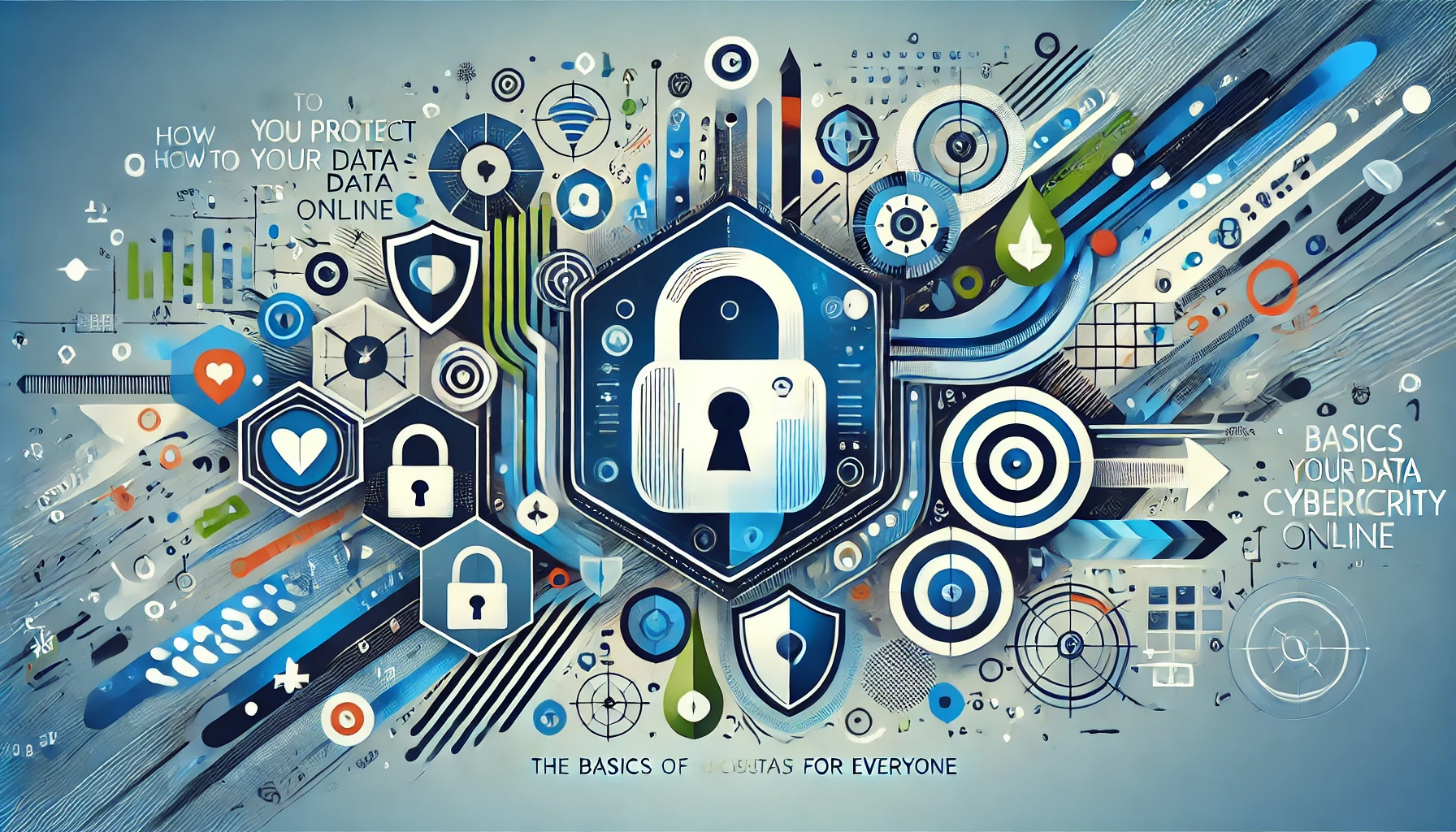We leave many digital traces online — from passwords to personal information that can easily become prey for cybercriminals. Data protection is not just about tech knowledge but also about developing smart digital habits. This article explores simple yet effective steps you can take to keep your personal data safe. As noted by the Baltimore Chronicle, even basic precautions can significantly reduce the risk of losing sensitive information.
Main Threats to Your Data Online
The internet is not always a safe environment. Here are several types of daily threats faced by users:
- Phishing — fraudulent emails or websites designed to steal logins and passwords
- Malware — harmful software that steals or damages data
- Hacking — unauthorized access to accounts or devices
- Data theft via unsecured Wi-Fi networks
- Social engineering — psychological manipulation to gain confidential data
Each of these risks can be significantly reduced by applying basic internet safety rules.
How to Choose a Strong Password
Why Strong Passwords Matter
Passwords are your first and most important defense against data breaches. A strong password should be long and complex, making it difficult to crack.
Tips for Creating a Password
- Use at least 12 characters
- Mix uppercase and lowercase letters, numbers, and special symbols
- Avoid personal information (birthdays, names)
- Never reuse passwords across different sites
- Use phrases or sentences that are easy for you to remember
For convenience and additional safety, consider using password managers — apps that store complex passwords securely for you.
Using Two-Factor Authentication
Two-factor authentication (2FA) adds an extra layer of security by requiring not only a password but also verification via mobile phone or a dedicated app.
Benefits of 2FA
- Significantly harder for hackers to gain access
- Even if the password is compromised, the account remains protected
- Supported by most popular services
You can usually enable 2FA in your account’s security settings.
How to Secure Your Devices
Keep Systems and Apps Updated
Regularly updating your operating system, browsers, and apps helps protect you from known vulnerabilities exploited by cybercriminals.
Use Antivirus Software
Antivirus programs detect and block malicious files that could harm your data.
Protect Your Wi-Fi Network
- Use a strong password for your home router
- Avoid using public Wi-Fi for sensitive activities
- Use VPN services to encrypt traffic on open networks
What Is Data Encryption and Why Use It
Encryption transforms information into a secure code that can only be read by authorized users.
Where to Use Encryption
- Encrypt messages using apps with end-to-end encryption (e.g., Signal, WhatsApp)
- Use encryption to store files on your computer or phone
- Make sure websites you visit use HTTPS encryption
Encryption makes your data virtually inaccessible to outsiders.
Avoiding Social Media Traps
Basic Social Media Safety Tips
- Avoid sharing excessive personal information
- Limit access to your profile through privacy settings
- Be cautious about friend requests from strangers
- Don’t click suspicious links or download unknown files
- Regularly review active sessions and connected apps
Cybercriminals often use social media to gather data or launch phishing attacks.
Comparison of Data Protection Methods
| Protection Method | Setup Difficulty | Security Level | Advantages | Disadvantages |
|---|---|---|---|---|
| Strong Password | Low | Medium | Easy to use | Hard to remember complex ones |
| Password Manager | Medium | High | Stores multiple passwords | Requires separate app |
| Two-Factor Authentication | Medium | Very High | Adds strong account protection | Requires mobile device |
| Antivirus Software | Low | Medium | Protects against malware | May require paid subscription |
| Data Encryption | High | Very High | Protects confidentiality | Can be complex for beginners |
| VPN Usage | Medium | High | Secures traffic on public networks | Confusing service choices |
These simple steps will help you protect your data and avoid most online threats. Remember: digital safety isn’t a one-time action — it’s an ongoing habit.
Earlier we wrote about how to track viral trends: social listening for beginners.

